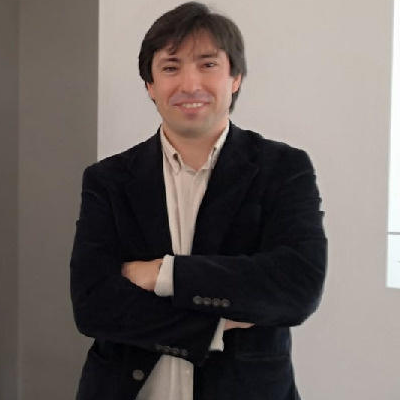Nature Inspired Antibiotic Adjuvants to Face the Problem of Multidrug Resistance and Biofilm Infections
A special issue of Antibiotics (ISSN 2079-6382). This special issue belongs to the section "Antibiofilm Strategies".
Deadline for manuscript submissions: closed (31 March 2022) | Viewed by 18935
Special Issue Editors
Interests: bacterial infection; multidrug-resistance; biofilms; phytochemicals; strategies of biofilm prevention and control; quorum-sensing; quorum-quenching; virulence attenuators; drug-repurposing; molecular docking
Special Issues, Collections and Topics in MDPI journals
Interests: antimicrobial agents; emerging antimicrobial strategies; antimicrobial resistance; biofilms; plant secondary metabolites
Special Issues, Collections and Topics in MDPI journals
Special Issue Information
Dear Colleagues,
Multidrug resistance to antibiotics has reached a large scale, threatening the effective prevention and treatment of an ever-increasing range of infectious diseases. Biofilm-related infections are one of the leading reasons for the increased antibiotic resistance. Several systematic investigations have tried to develop effective strategies for biofilm control. However, no antibiofilm molecule directed for the treatment of infectious diseases has yet been approved. Despite the global concern and actions to counteract this significant problem, the World Health Organization is warning about a lack of innovation and investment for R&D in antimicrobial chemotherapy. In addition, innovative directions are needed to bring both “fresh impetus” and new alternatives, which include, among other things, the use of antibiotic potentiators or enablers, nature-based products, antivirulence agents, biofilm inhibitors/disruptors, repurposing non-antibiotic drugs, and the combination of therapies. This Special Issue aims to gather original research papers or high-quality reviews on these subjects. Contributions of interest include (but are not restricted to) the identification and development (extraction/design/synthesis) of new nature-based products (particularly from the secondary metabolism of plants—phytochemicals) to improve/maintain antibiotic activity against microorganisms in the planktonic state and in biofilms, the antimicrobial modes of action of nature-based products; antivirulence mechanisms for controlling infections through non-antimicrobial effects, drug-repurposing strategies for antimicrobial chemotherapy, and bioinformatics in antibiotic development.
Dr. Anabela Portela Borges
Prof. Dr. Manuel Simões
Guest Editors
Manuscript Submission Information
Manuscripts should be submitted online at www.mdpi.com by registering and logging in to this website. Once you are registered, click here to go to the submission form. Manuscripts can be submitted until the deadline. All submissions that pass pre-check are peer-reviewed. Accepted papers will be published continuously in the journal (as soon as accepted) and will be listed together on the special issue website. Research articles, review articles as well as short communications are invited. For planned papers, a title and short abstract (about 100 words) can be sent to the Editorial Office for announcement on this website.
Submitted manuscripts should not have been published previously, nor be under consideration for publication elsewhere (except conference proceedings papers). All manuscripts are thoroughly refereed through a single-blind peer-review process. A guide for authors and other relevant information for submission of manuscripts is available on the Instructions for Authors page. Antibiotics is an international peer-reviewed open access monthly journal published by MDPI.
Please visit the Instructions for Authors page before submitting a manuscript. The Article Processing Charge (APC) for publication in this open access journal is 2900 CHF (Swiss Francs). Submitted papers should be well formatted and use good English. Authors may use MDPI's English editing service prior to publication or during author revisions.
Keywords
- Antibiotic resistance
- Biofilms
- Persister cells
- Regrowth events
- Antibiotic adjuvants
- Resistance modifiers
- Natural products
- Phytochemicals
- Drug discovery and development
- Drug-repurposing
- Antimicrobial mode of action
- Virulence atenuators
- Quorum-sensing inhibitors
- Methal chelators
- Virtual screening
- Molecular docking







